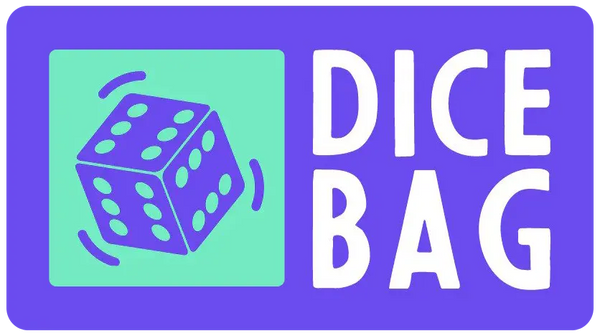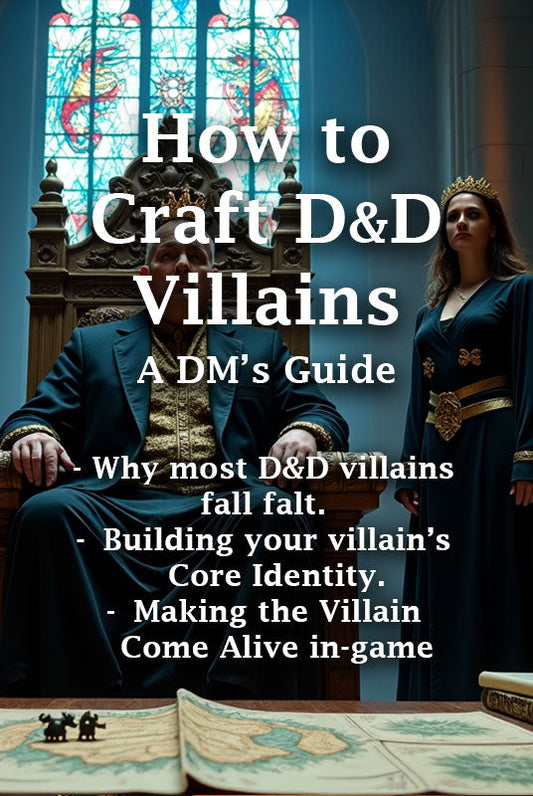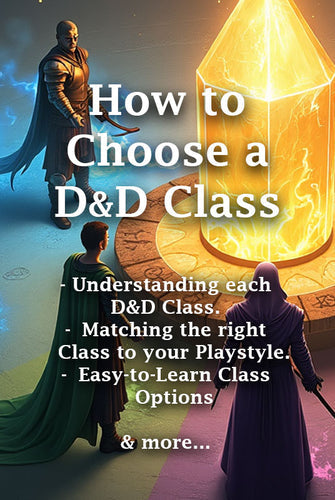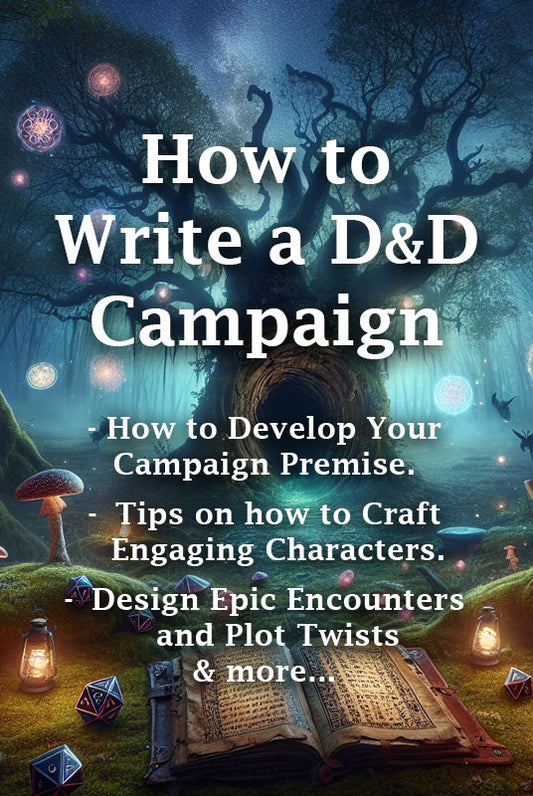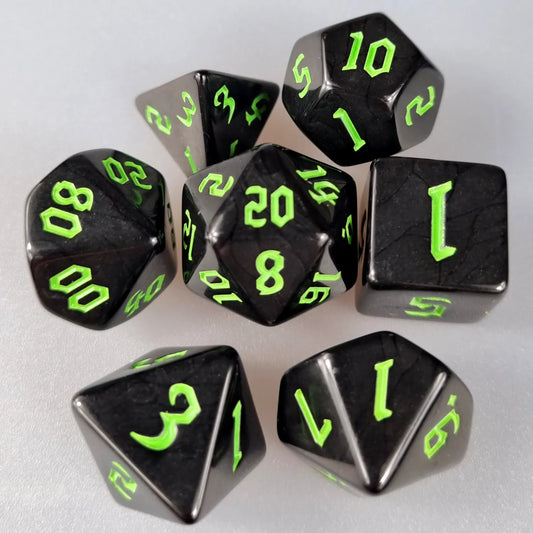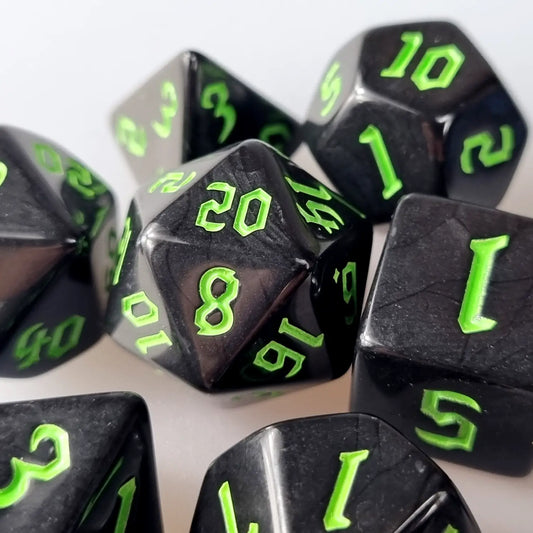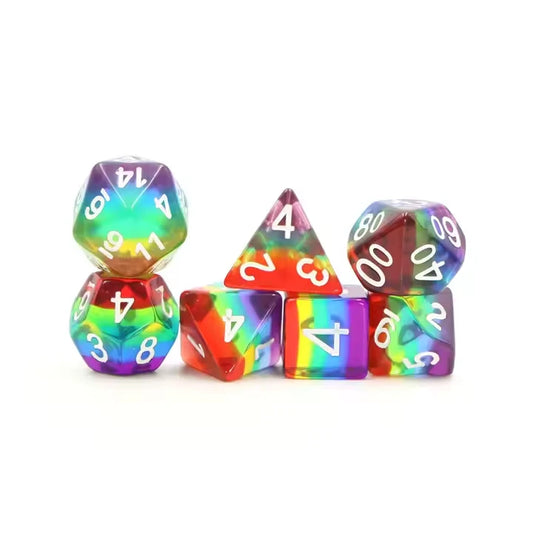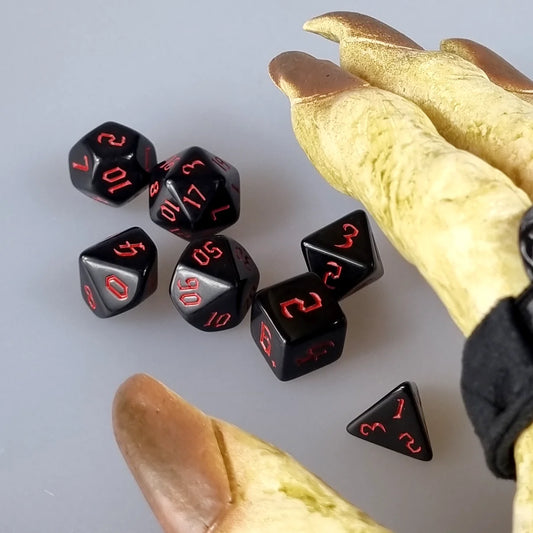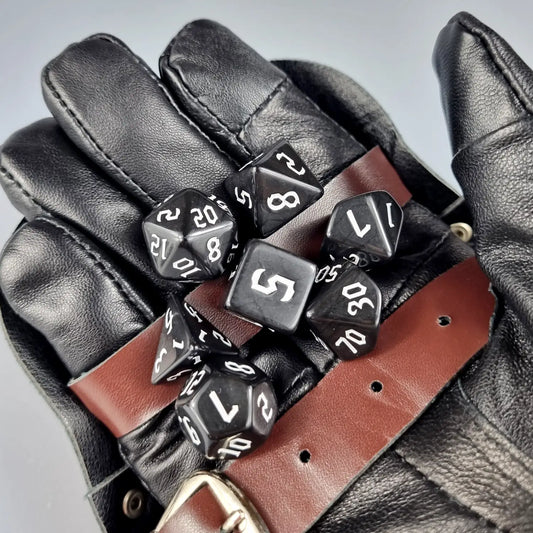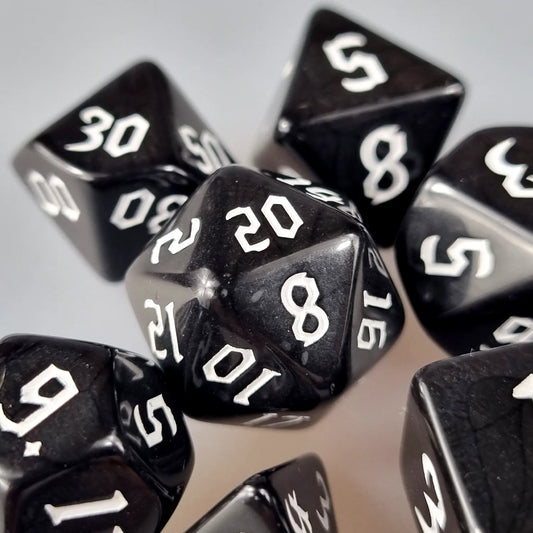
A compelling D&D villain must push your campaign forward. These antagonists create the conflict and motivation that keeps players excited to return.
Iconic D&D villains like agents of Tiamat or mysterious necromancers naturally make players participate in the story. Yet creating memorable antagonists needs more than powerful stats and evil schemes. The most compelling villains have detailed backstories, clear motivations and know how to react to your players' actions.
Why Most D&D Villains Fall Flat
Dungeon Masters often struggle to create memorable D&D villains. The guys they come up with become forgettable encounters because of common pitfalls.
Common mistakes DMs make
Most villains become boring because DMs use overused templates and clichés too much. Many DMs also create shallow antagonists. These characters end up as purely evil beings without clear motivations or believable backstories.
The biggest problems include:
- Creating generic "evil for evil's sake" antagonists
- Not developing the villain's response to player actions
- Forcing predetermined paths instead of letting the story grow naturally
- Using villains as mere combat encounters rather than complex characters
What players actually remember
Players tend to remember villains who build personal connections with their characters. Villains become substantially more memorable when they respond to party actions and develop real hatred toward the group.
The most unforgettable D&D villains stay present throughout the campaign. These antagonists shape the world around them through their minions, schemes, and direct interactions instead of just showing up for fights.
The villain's impact becomes lasting when their actions feel personal. Antagonists turn from simple obstacles into truly hateful adversaries when they threaten things players care about - their allies, possessions, or reputation.
Players remember villains who test them more than just in combat. These bad guys use wealth, influence, and manipulation to create complex conflicts that violence alone cannot solve. Such encounters and storylines push players to think creatively and participate with the villain on multiple levels. This creates better memories than traditional combat-focused encounters.
Building Your Villain's Core Identity
A memorable D&D villain's core identity shapes their character and actions throughout your campaign.
Choose the right villain type
D&D villains fit into six distinct archetypes that create unique storytelling opportunities:
- Deviant: Those who defy societal norms
- Devoted: Characters driven by steadfast loyalty
- Fallen: Those who welcome darkness after thinking it over
- Power Mad: Those seeking control at any cost
- Visionary: Those pursuing a better world through extreme means
- Inhuman: Beings with alien morality and logic
Create a simple but strong motivation
Your villain needs more than an archetype - they need clear, understandable motivations that fuel their actions. Take Strahd von Zarovich, one of D&D's most famous villains. His actions stem from immortality's boredom and being trapped in his domain.
Strong motivations come from relatable human experiences. A villain might seek revenge after losing loved ones. They could try to protect their people through misguided methods. Even noble intentions can twist due to circumstances.
Give them a unique trait or quirk
Your D&D villains should stand out with distinctive characteristics. A simple eye-patch or complex mannerisms can make your antagonist unforgettable.
You can develop signature behaviours, speech patterns, or physical features that players will recognise instantly. These traits should naturally connect to the villain's backstory or motivations. This creates a complete character rather than just surface-level details.
The villain's quirks can evolve throughout the campaign. Their characteristics might become more noticeable under stress or change subtly during party interactions. This makes them feel real and unpredictable.
Making Villains Come Alive in Game
Bringing D&D villains to life at the gaming table requires you to master both presence and voice. The way you present your villain affects how players see and recall them.
First impression techniques
Your villain's first meeting with players sets the tone for their story arc. We focused on unique looks that grab attention - a piercing stare, a facial scar, or specific habits like cracking knuckles.
Your villain's movement patterns matter as much as their appearance. You could take inspiration from nature, as with Anthony Hopkins who based his portrayal of Hannibal Lecter on a crocodile's unnaturally still presence. Your villain might move with snake-like quickness or keep an unblinking stare to build tension.
Voice and mannerism tips
A distinctive voice starts with knowing where the sound comes from in your mouth. You can create different effects by directing your voice through various areas - gut, throat, tongue, teeth, or lips.
These elements help develop unique speech patterns:
- Social class shapes vocabulary and eloquence
- Word choices reveal personality
- Speech pace shows character traits
- Physical gestures enhance vocal delivery
Everything in your villain's voice should reflect their background and goals. A noble might use flowery language, while a street thug would speak roughly. Practice your chosen voice and watch your mouth position - small changes like pursing one corner can transform the sound completely.
Note that your villain's mannerisms need to stay consistent throughout the campaign. Their presence should feel real, though their personality can grow based on how they interact with the party.
Growing Your Villain Through the Campaign
Great D&D villains grow throughout your campaign. They move from basic adversaries into complex characters that shape your story's narrative arc.
React to player actions
The way villains respond to party decisions leaves lasting impressions. Your villain should gather useful information about player tactics and vulnerabilities through spies, informants, or magical means. This information helps develop strategic countermeasures that target the party's weaknesses.
Your villain should show tactical growth by:
- Acquiring new resources and allies
- Studying past defeats to improve strategies
- Developing contingency plans
- Adapting powers and abilities
Build personal connections
The villain should target what players value most - their allies, hometown, or prized possessions. These personal stakes create emotional investment and take the conflict beyond simple combat encounters.
Design meaningful interactions between the villain and party members. Negotiations and shared meals can reveal the villain's humanity while building tension. The villain's emotional backstory should come to light gradually and create opportunities for empathy or understanding.
Show character development
Campaign events should trigger visible changes in your villain. Their personality might change after victories or defeats, and their methods adapt based on encounters with the party. Present moral dilemmas that highlight their complex character. Players might question if their choices would be different under similar circumstances.
The villain's growth should match the party's progress. This creates parallel character arcs that showcase the similarities and differences between hero and antagonist. Such dynamic changes keep your villain compelling throughout the campaign and challenge players' expectations consistently.
In the end...
Creating unforgettable D&D villains needs attention to detail, character depth, and execution at the gaming table. Your villains can become compelling characters that push your story forward with the right planning and approach.
The most memorable villains evolve with your players. Their actions should impact the party while their personalities adapt based on what happens in the campaign. These villains become dynamic forces that shape your world instead of staying static antagonists. They challenge players beyond basic combat encounters.
A strong core identity, unique traits, and meaningful character growth make your villain successful. The effort to create such depth pays off with better player engagement. Your antagonist will create campaign moments that stick with players long after the final battle.
Each aspect of your villain deserves careful development from their first appearance to the final showdown. Players won't talk about treasure hoards or combat encounters years later. The villains who made their adventures extraordinary will stay in their memories.
FAQs
Q1. How can I create a memorable villain for my D&D campaign? To create a memorable villain, give them a strong core identity with clear motivations, unique traits, and the ability to evolve throughout the campaign. Make sure they actively oppose the party and have personal connections to the characters.
Q2. What are some common mistakes to avoid when coming up with D&D villains? Common mistakes include creating generic "evil for evil's sake" antagonists, neglecting to develop the villain's response to player actions, and treating villains as mere combat encounters rather than complex characters.
Q3. How can I make my villain's first impression impactful? Focus on distinctive physical features, unique mannerisms, and a compelling voice. Consider borrowing movement patterns from nature and practise your chosen voice while paying attention to mouth positioning for authenticity.
Q4. How can I make my villain feel more realistic and complex? Give your villain relatable motivations, fears, and flaws. Allow them to grow and adapt based on their interactions with the party. Show their humanity through personal connections and moral dilemmas, making them more than just an obstacle to overcome.
